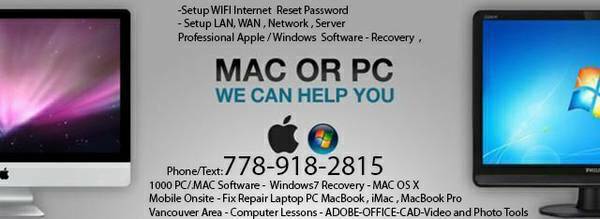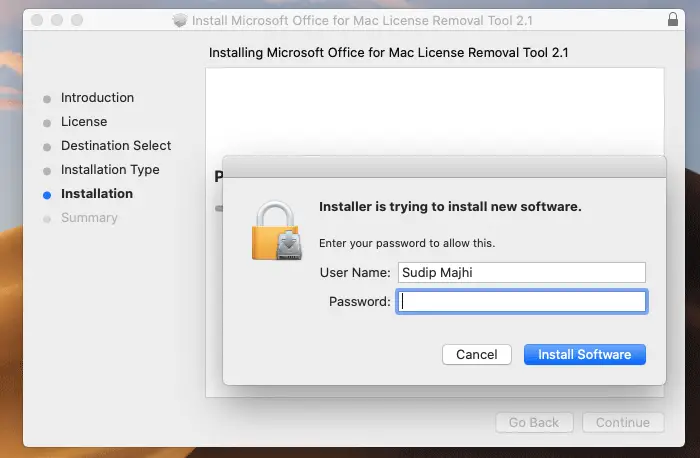

- #HOW TO REMOVE OFFICE LICENSE FROM MAC FOR MAC#
- #HOW TO REMOVE OFFICE LICENSE FROM MAC INSTALL#
- #HOW TO REMOVE OFFICE LICENSE FROM MAC MAC#
- #HOW TO REMOVE OFFICE LICENSE FROM MAC WINDOWS#
In the first case, 32 bits, we go to the following path: C: / Program Files (x86) / Microsoft Office / Office16. In addition, updating will be a problem with the apps as you may need to check manually.
#HOW TO REMOVE OFFICE LICENSE FROM MAC INSTALL#
Though it is possible to install individual apps from the package file, you first need to download the big package file.
#HOW TO REMOVE OFFICE LICENSE FROM MAC MAC#
Well, once in this, depending on whether we have a 32-bit or a 64-bit Office, we will have to locate ourselves in a disk path, or in another. We recommend you using the Mac App Store version, since you can choose to install the app separately. This will lead to a command prompt window.
#HOW TO REMOVE OFFICE LICENSE FROM MAC WINDOWS#
Open a command prompt or CMD window in Windowsįor these current versions, the first thing we do then is go to the Windows search box to type the CMD command and access it with administrator permissions.

In the event that you have older versions, that is something that we will show you later. This is something that we will have to carry out ourselves by hand, as we will see. Here we refer specifically to the 2016, 2019 and Office 365 versions. By doing this, your Mac users won't see any activation prompts when they first open their copy of Office.įor more information, see Overview of the Volume License (VL) Serializer.First of all we are going to show you the way to achieve this that we are commenting on, it is the case that you have the most current versions of Office. You run the VL Serializer on each device. You can download the VL Serializer by signing into the Volume Licensing Service Center (VLSC).
#HOW TO REMOVE OFFICE LICENSE FROM MAC FOR MAC#
To activate a volume licensed version of Office for Mac, such as Office LTSC for Mac 2021 or Office 2019 for Mac, use the Volume License (VL) Serializer. Activate volume licensed versions of Office for Mac Select the user, then select Account on the flyout pane, and under Office activations, choose View Office activations. To do that, sign into the Microsoft 365 admin center, and then go to Users > Active users. Or, if you're a Microsoft 365 administrator, you can deactivate an Office installation for a user. From there, they can choose View account > Office apps > Apps & devices. Your users can manage their existing Office installations by signing into with their work or school account. Instead, the installation goes into reduced functionality mode. Deactivating an installation doesn't remove Office from the device.

If you need to provide Office on an eleventh Mac for a user, you need to deactivate an existing installation first. After the user connects to the internet and the subscription status is verified, all the features of Office are available again.įor each user that you've assigned a license to, you can deploy and activate Office on up to ten Mac devices for the user. The user also sees a message in the app that most features aren't available. This means that the user can open, view, and print existing documents in an Office app, but can't create or edit documents. If the device can't contact the Office Licensing Service after 30 days, Office goes into reduced functionality mode. If the device can't contact the Office Licensing Service after nine days, the user sees a warning message when working in an app. The device must be connected to the internet to contact the Office Licensing Service. That's to ensure that the Office Licensing Service properly associates Office with the correct licensed user. While you can deploy Office for your Mac users, your users need to sign in and activate Office for themselves.

On the Sign in to Activate Office screen, users should select Sign In, and then enter their email address and password. Make sure users are connected to the internet when they activate Office. The Office Licensing Service keeps track of which users are licensed and how many devices they've installed Office on.Īfter you deploy Office, your users are prompted to activate Office the first time they use it. If you don't assign a user a license, you can still deploy Office to that user, but the user won't be able to activate and use Office on their Mac.įor Microsoft 365 (and Office 365) customers, Office for Mac activates by contacting the Office Licensing Service on the internet. If your organization has a Microsoft 365 (or Office 365) plan, make sure you assign each user a license for Office before you deploy Office to your Mac users. Activate Microsoft 365 versions of Office for Mac If you're an Office user trying to activate a personal copy of Office for Mac, follow these instructions instead of reading this article.


 0 kommentar(er)
0 kommentar(er)
